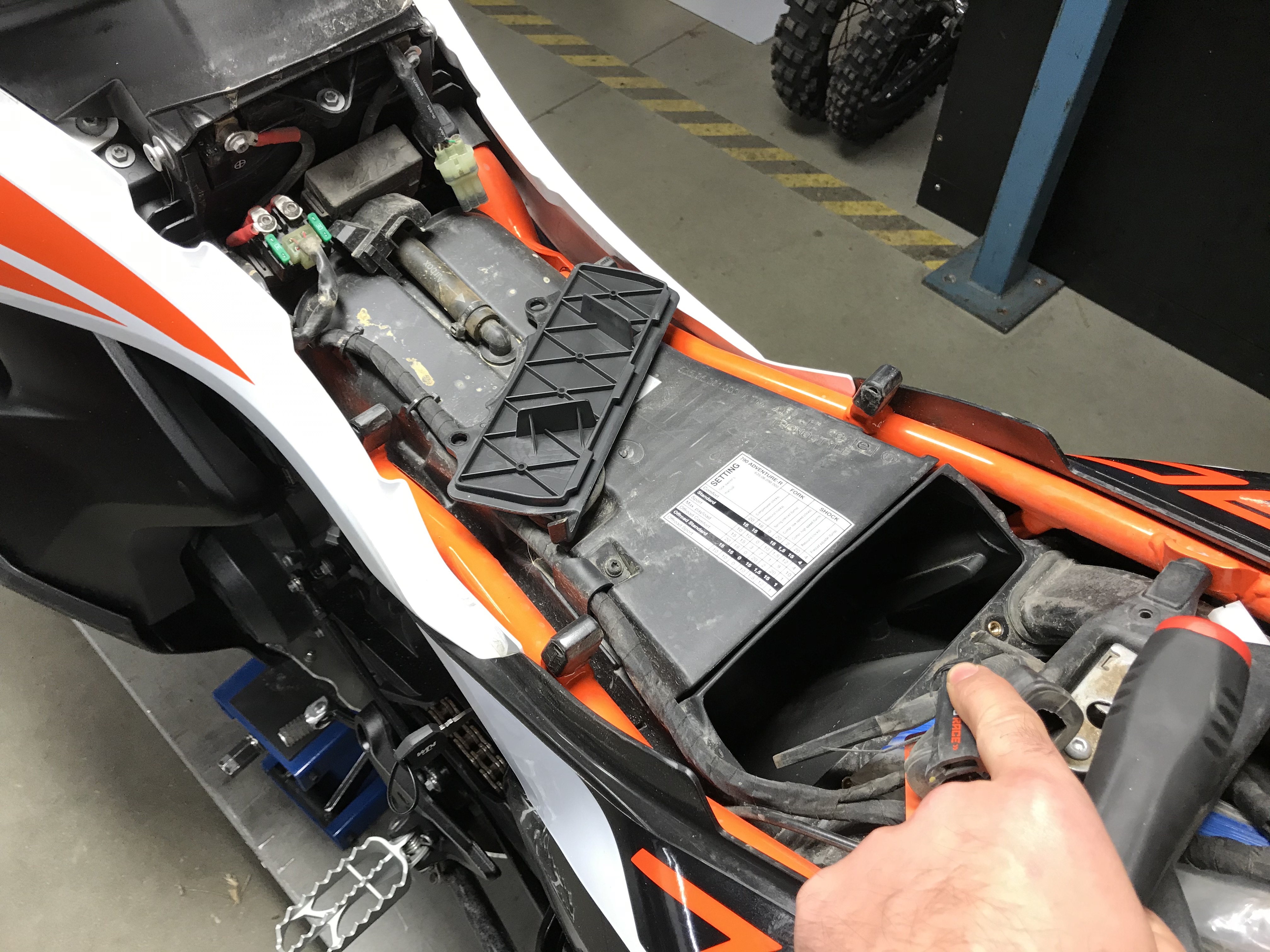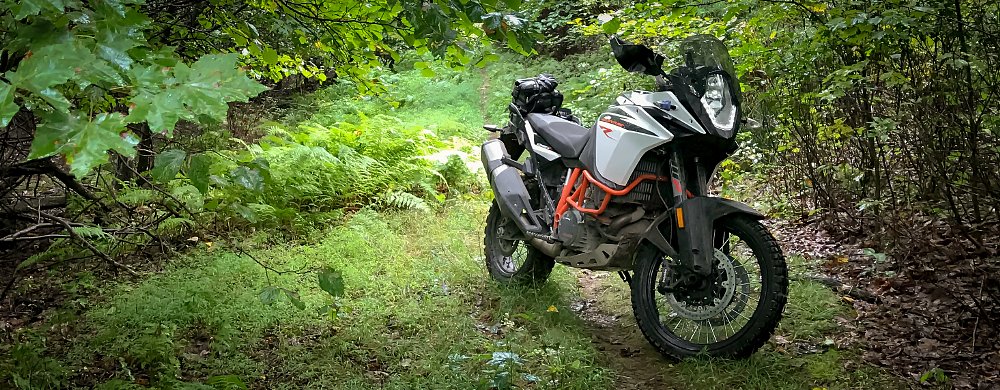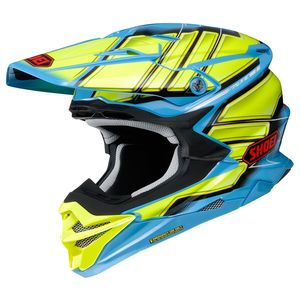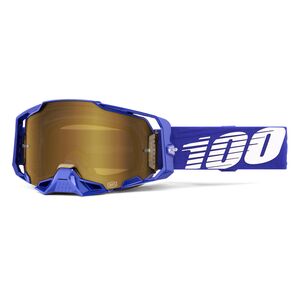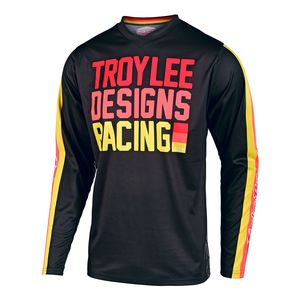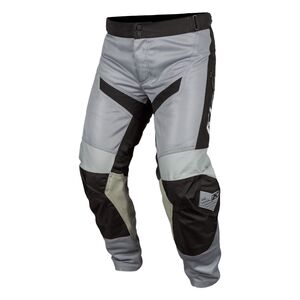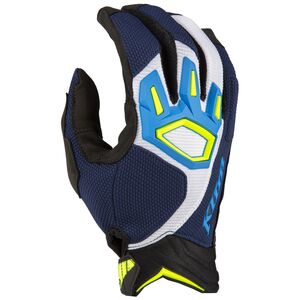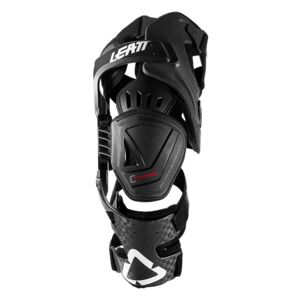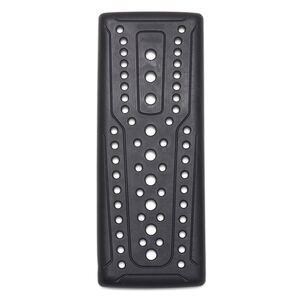I have finally got my hands on a KTM 790 Adventure R.
As RevZilla’s resident lover of ADV bikes and owner of a 2017 KTM 1090 Adventure R, I’ve had my eye on the KTM 790 Adventure R since before it was real. I wrote articles about all of KTM’s teasers, I made bets on the 790 arriving before Yamah’s T7, I ogled the prototype in Germany. Lance worried that I was borderline obsessed. But KTM was promising big things and I wanted to know how good it really was.
The initial press launch came and went and, unfortunately, Common Tread was left off of the invite list. So I was stuck reading other people’s thoughts on the new bike rather than reporting on it myself. The more I read, the more I wanted to try one. It seemed people really liked this bike.
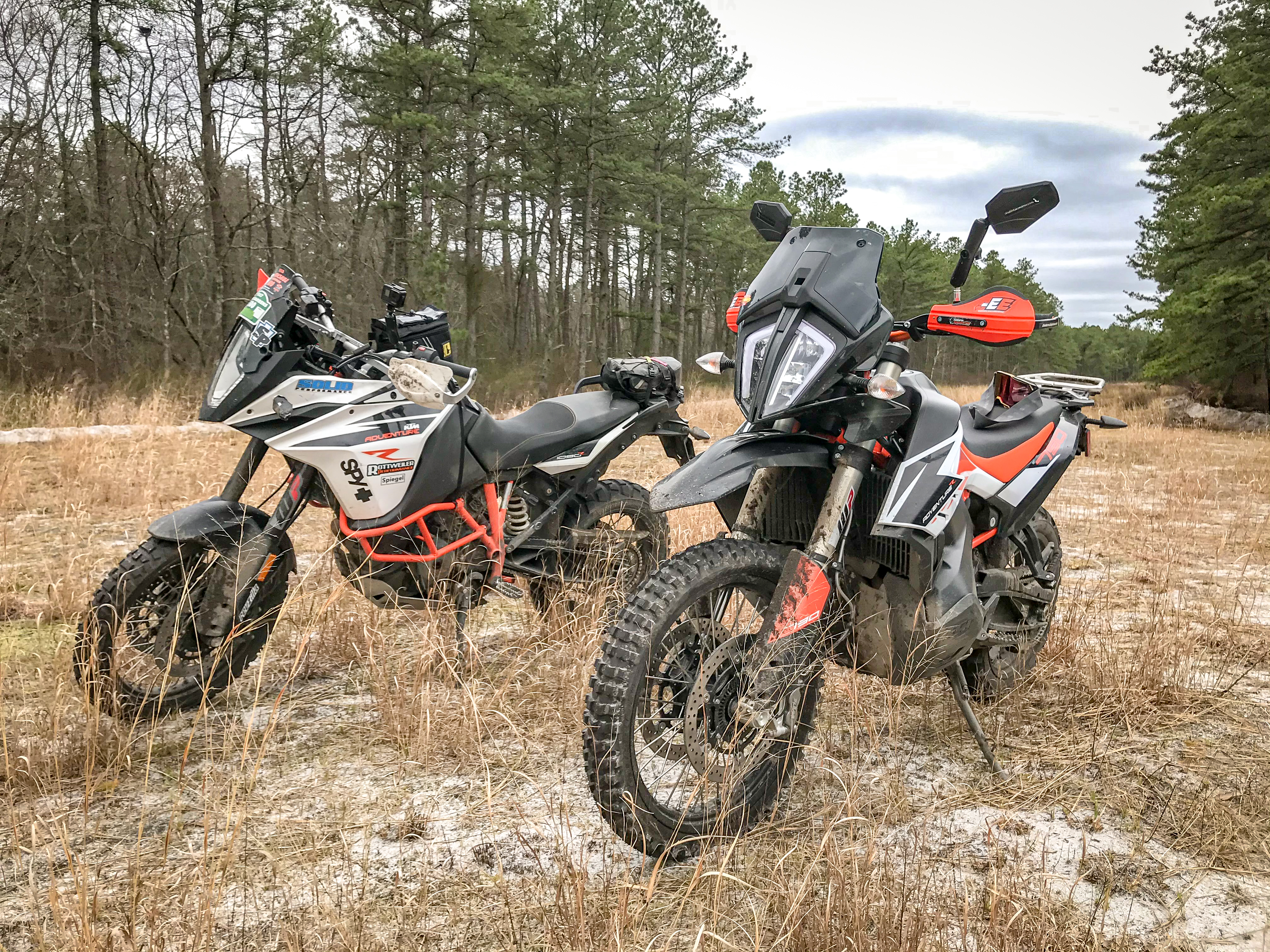
Fast forward nearly a year to the day after that original launch and I finally got my hands on a 790 Adventure R, and not just for a day of riding with a group of press folks in an organized ride. It’s been living with me for nearly three weeks now. I’ve been able to ride it on my home turf and alongside my 1090 Adventure R, which gives me a perspective on the new bike that I never would have never gained from a press launch.
In addition to all of this, I’ve been working with KTM's East Coast rep Mike Lafferty and our local KTM and WP shop, Solid Performance, to build this bike out to full KTM 790 Adventure R Rally spec. But that’s another article entirely. (Watch for it soon.)
For this piece, I want to bring you along on the very first ride of the 790 Adventure R. The day where I took Brandon Wise along into the wilds of the New Jersey Pine Barrens, gave him the key to my 1090 Adventure R, and we got to riding. Brandon, an avid dirt bike enthusiast, had never ridden an adventure bike off-road before, so he was the perfect neutral party to bounce thoughts and opinions off of as we spent the day swapping back and forth and testing the two bikes against one another.
So instead of a regular first ride review, we’re going to tackle this on in a bit of a comparison style. For more on the 1090 Adventure R, here’s my first ride review. (I eventually bought our press bike.) But for now, let's dive in to comparing the 1090 and the 790.
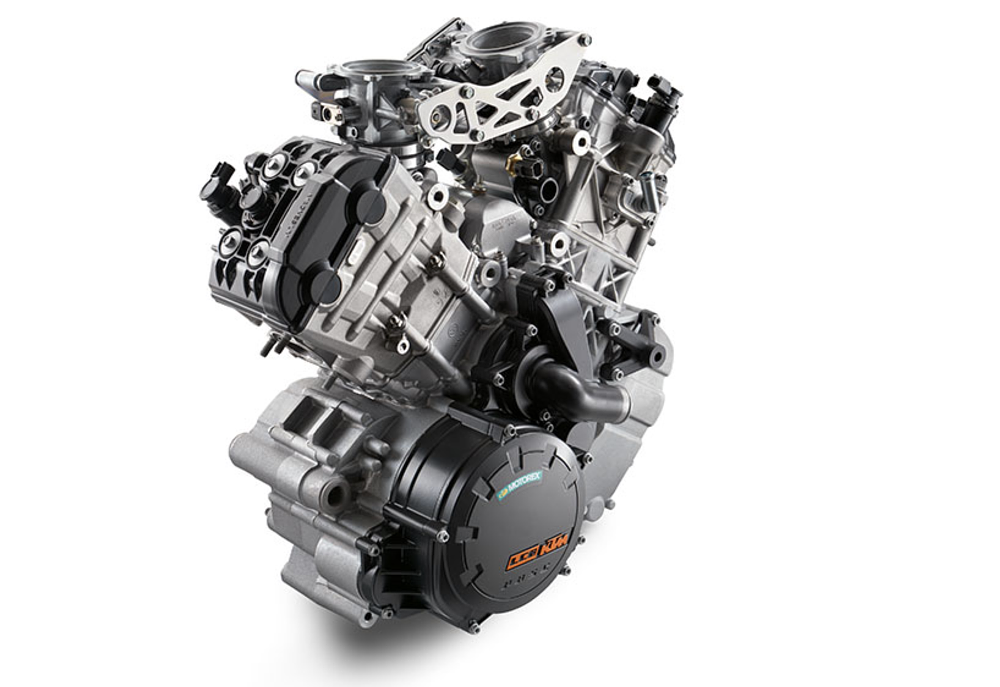
The engines
The 1090 Adventure R is powered by a 1,050 cc, 75-degree, V-twin claiming a potent 125 horsepower and 80 foot-pounds of torque. It was born from parts of KTM’s 1190 Adventure R and 1050 Adventure (never imported to America) as well as some pieces all its own, such as its crank and flywheel.
The 790 Adventure R steals its 799 cc, parallel twin from its brother, the 790 Duke. Unlike the Duke, however, it’s been returned to produce more torque and shift the power lower in the rev range. The new 790 Adventure R claims 95 horsepower at 8,250 rpm and 66 foot-pounds of torque at 6,500 rpm. Compare that to the Duke, which claims 105 horsepower at 9,000 rpm and 64 foot-pounds of torque at 8,000 rpm.
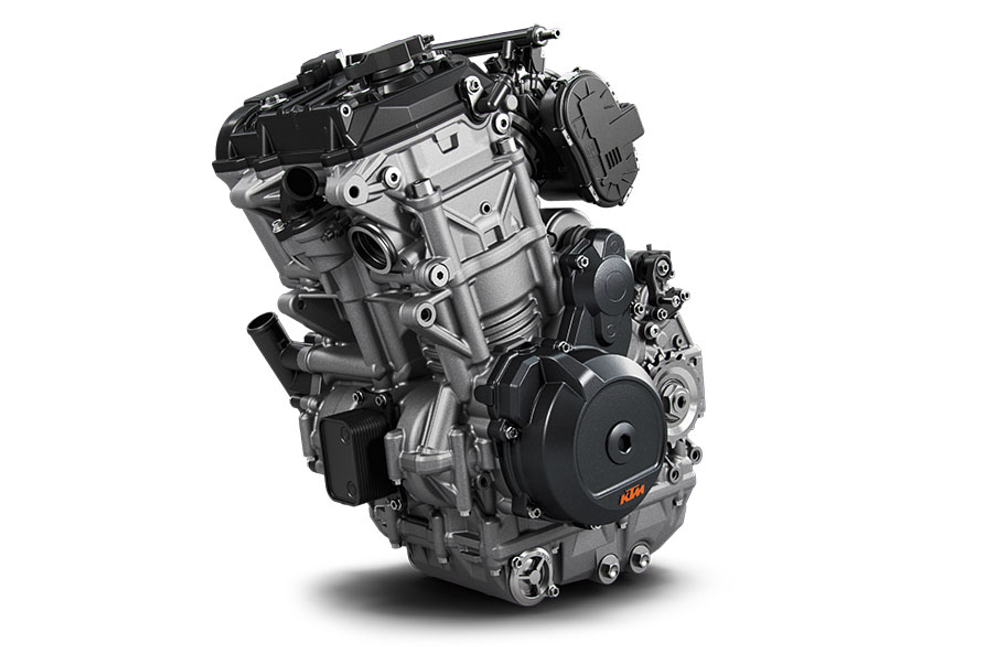
This allows the 790 Adventure R’s power to come on sooner. Where the Duke didn’t really wake up until around 4,500 to 5,000 rpm, the Adventure can be lugged down to about 3,000 rpm before it really starts bucking on you, requiring the rider to slip the clutch.
While neither the 1090 nor the 790 likes to be lugged, preferring rather to be ridden in the mid-range of the powerband, the 1090’s engine is easier to control in low-speed conditions. The 790’s fueling comes across as lean in the lower end of the rev range and the engine spins up much faster than the 1090’s, requiring a bit more finesse with the throttle and clutch.
In fairness, my 1090 has had the intake, emissions, and fueling modified with parts from Rottweiler’s catalog. All modern bikes required to meet Euro 5 emissions standards are fighting a balance between performance and legality. I would expect the aftermarket to have a few solutions for improving some of the 790’s low-end performance.
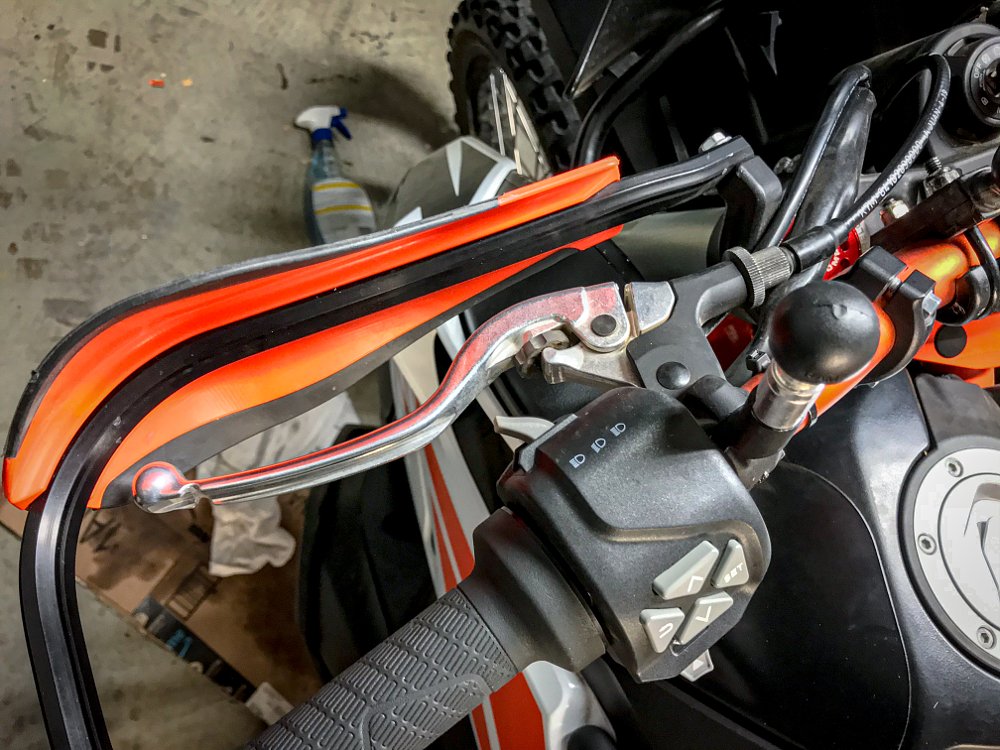
The controls
Speaking of low-end engine feel, one of the major differences between the two bikes is the clutch. While the 1090 features a hydraulic Magura clutch with shorter levers for both the clutch and the front brakes, the 790 Adventure R uses a cable clutch with longer levers.
My problem with the 790’s clutch is the feel. The 1090 has a broad friction zone that offers great feedback and control. The 790’s clutch is like a lightswitch, on or off. And this is at the very end of the lever throw. Once I got used to it, it worked just fine, but I just prefer the feel of the higher end Magura unit.
The one positive thing to consider about a cable clutch is that it’s a lot easier to repair on the side of a trail in the middle of nowhere (given that you’re carrying a spare -- always carry a spare). This is something that is nearly impossible to do if you have something fail with a hydraulic clutch.
I prefer the bite and feel of the 1090’s front brakes, as well. The front brake on the 1090’s lever allows for adjustment of not only the lever’s throw, but also its engagement feel. This lets you fine tune where the brakes come on in the pull. The 790 Adventure R’s brakes felt less confidence-inspiring by comparison.
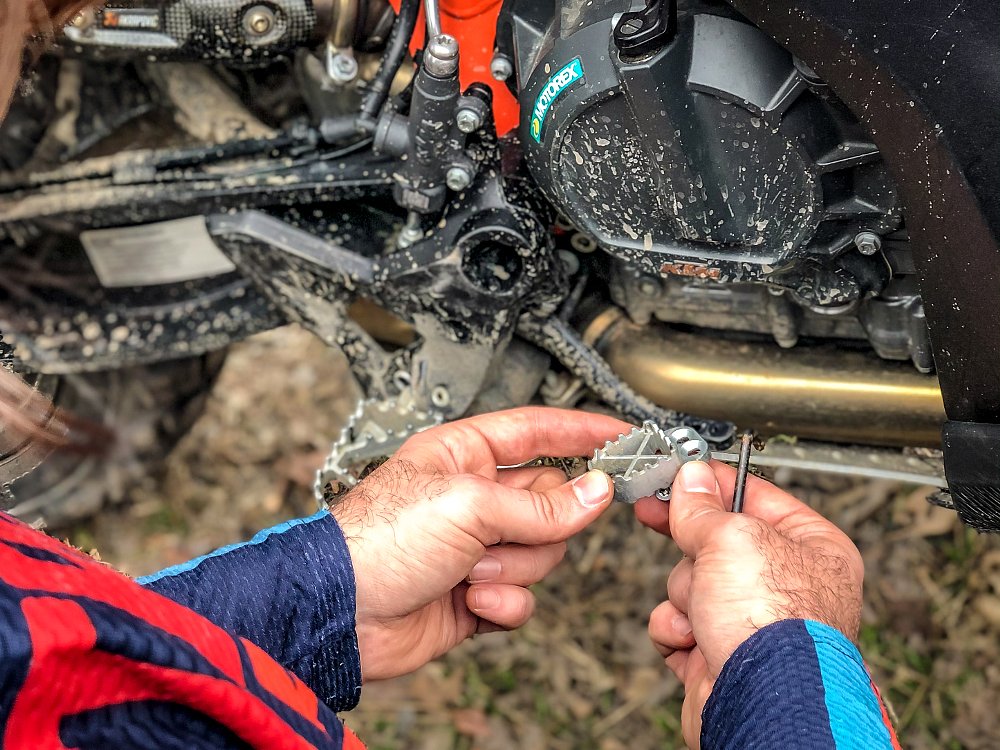
One feature I like on the 790 is the reversible rear brake pedal. When Brandon and I were riding the first half of the day, we were tippy-toed trying to hit the rear brake. Unlike the 1090, which requires repositioning of the entire arm up and down, the 790 allows the rider to just flip the pedal itself using two allen screws. This raises the pedal for an easier reach in the standing position and the opposite side of the pedal is more aggressively knurled for better bite on your boot.
I replaced the footpegs on my 1090 with the wide KTM Rally pegs. This is such a simple modification and one that ultimately I would perform to the 790, but that’s another story for another week. On this particular day, the 790 was wearing its stock footpegs with the rubber inserts removed. At the very least, 790 owners should just take out the rubber inserts and throw them away. They really don’t do much to improve street comfort and they completely hinder off-road performance.
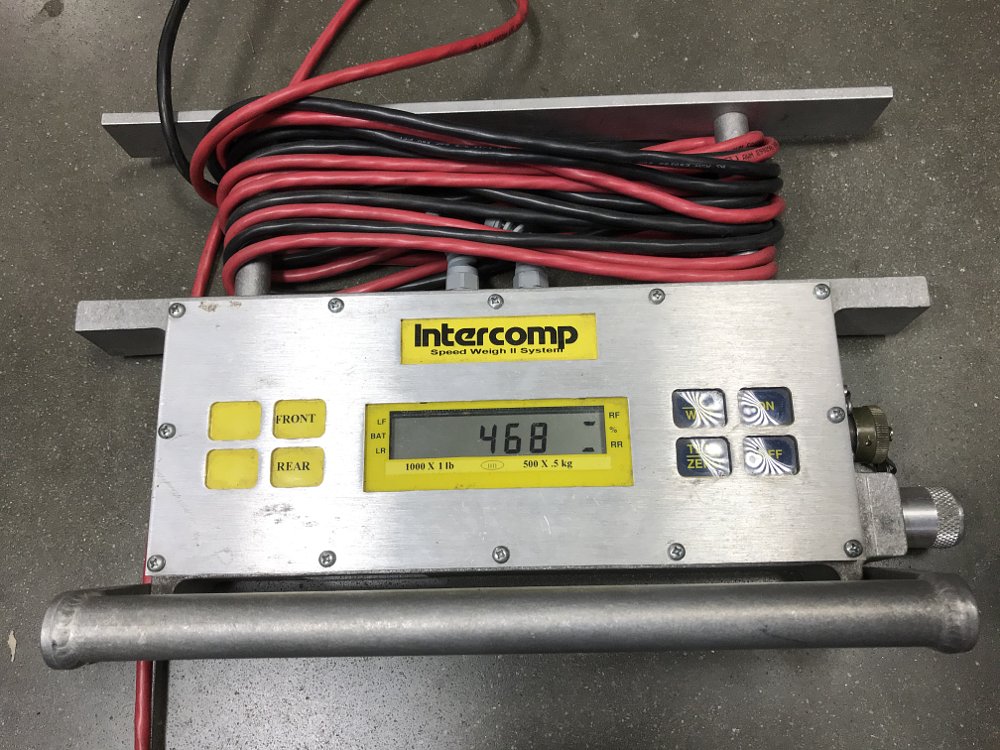
The weight and ergonomics
My 1090 Adventure R, full of fuel, with tubes in the tires (I would definitely recommend adding tubes if you’re riding aggressively off-road) and crash protection added, tips the scales a hair over 530 pounds. The 790 Adventure R with a full gas tank, crash protection added but no tubes weighed in at 468 pounds. (One additional note here, we weighed it after swapping out the suspension to WP Pro components, so it is possible this is a pound or two off from the weight with the stock suspension.)
The nearly 65-pound weight difference is extremely noticeable. The 790 Adventure R feels incredibly lighter and more manageable than not just the 1090, but any other adventure bike I’ve ridden to date.
KTM claims the seat height on the 790 Adventure R to be about 34.5 inches, but we actually measured it at roughly 35.5 inches. On paper, that puts it about a half inch taller than the 1090’s 35-inch seat height. But that’s just paper.
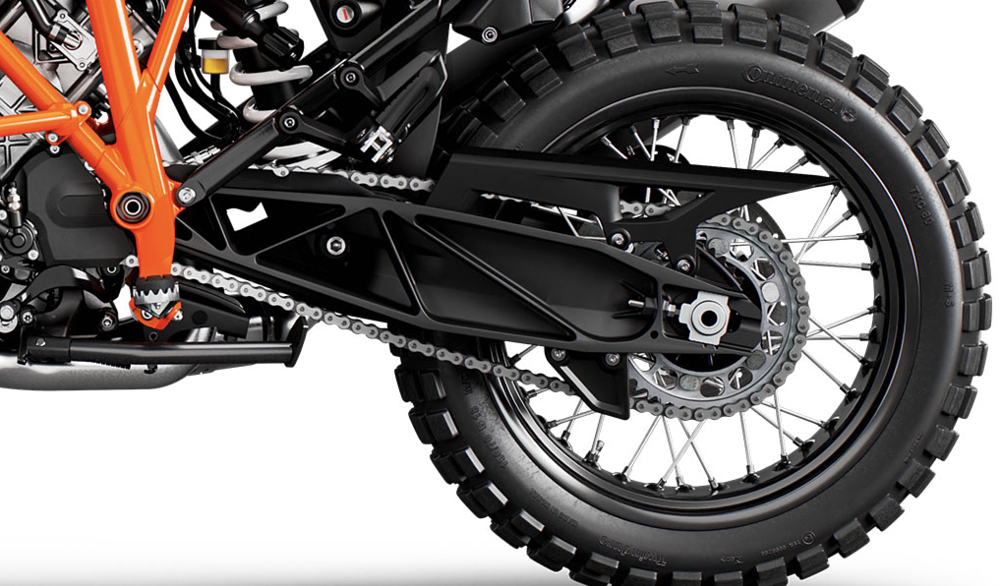
Take a closer look at the frames on these two bikes. On the 1090, the wider frame has the swingarm mounting inside of its lowest point whereas on the 790 the frame is so narrow the swingarm mounts to the outside. While it might appear subtle, this makes a huge difference in the width of the bike. As does the narrower tank where it meets the seat.
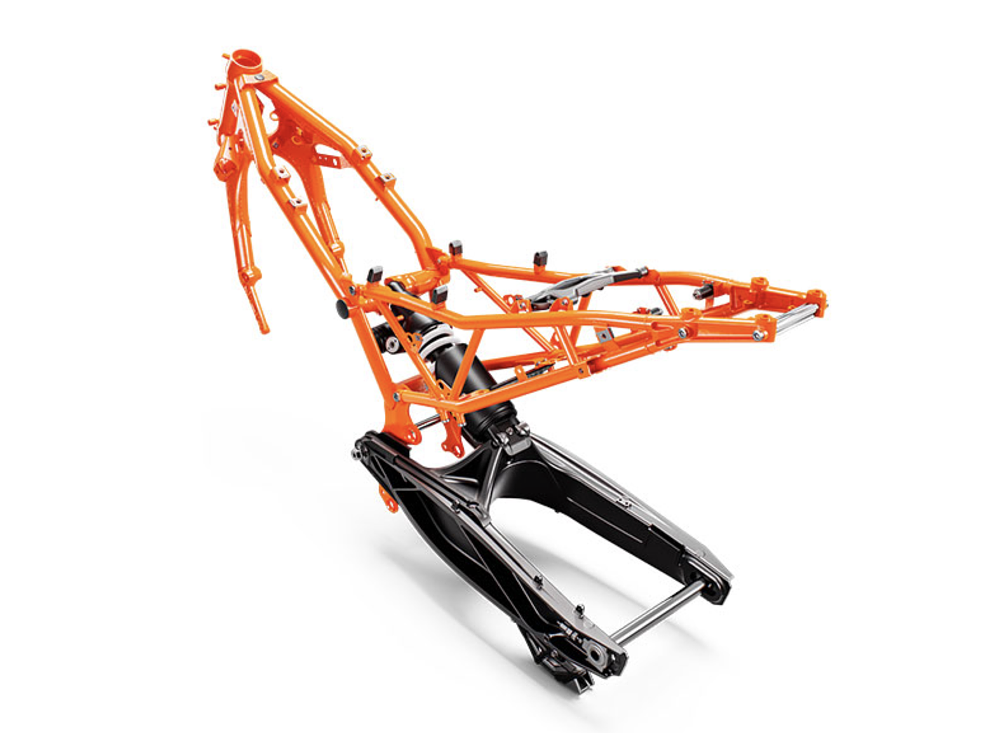
Overall, the 790 Adventure R feels significantly more compact, especially off-road. The weight difference feels more like 165 pounds. Despite what the ruler says, the reach to the ground is actually easier for shorter riders. That being said, both of these bikes are still going to be intimidating for riders who only feel comfortable at a stop with both feet firmly planted on the ground.
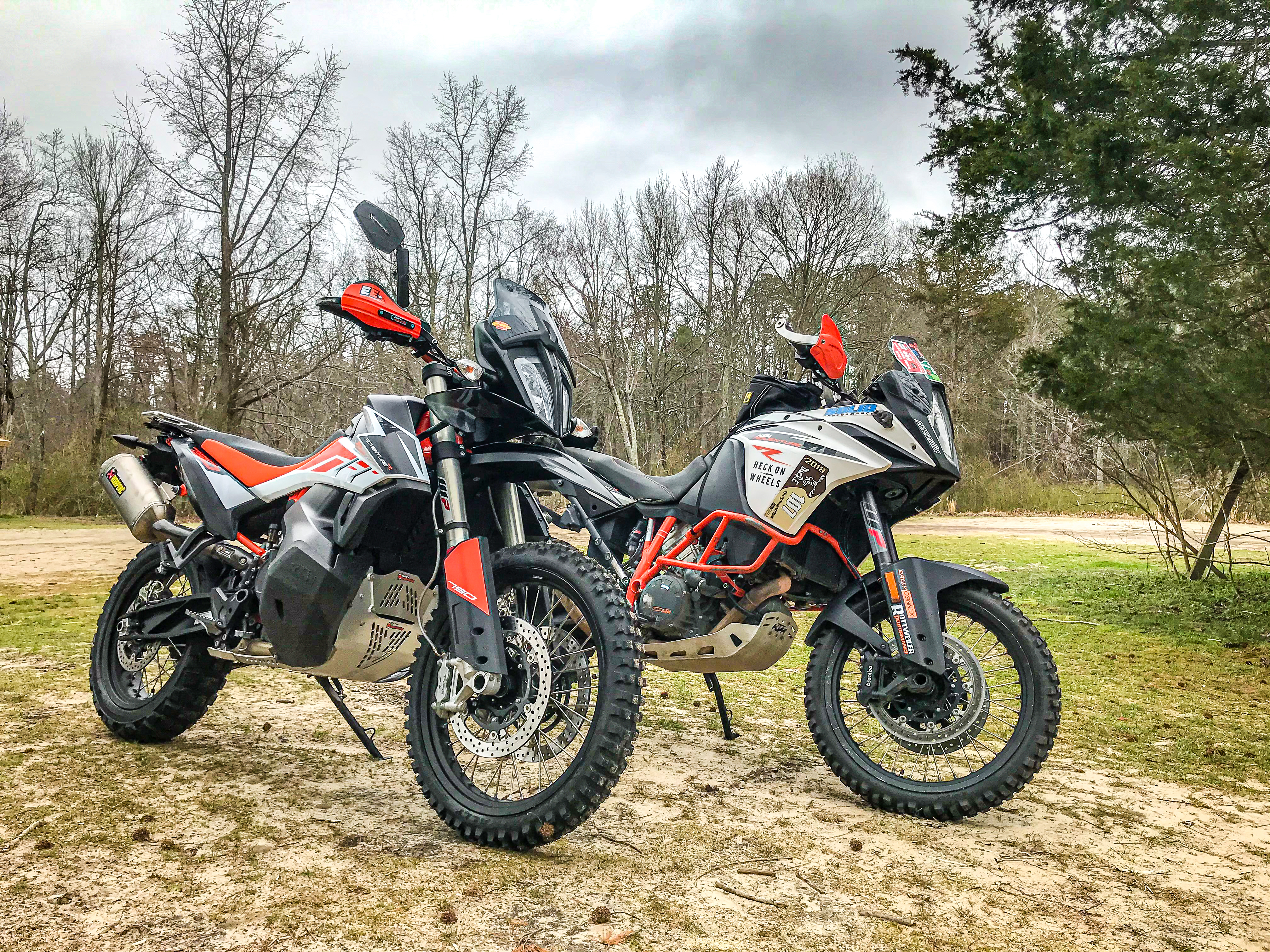
The suspension
While my 1090’s suspension is currently in the shop getting some damping modifications, and the 790 Adventure R is wearing WP Pro components, at the time of this test, we were comparing two bone-stock suspension setups.
The 1090 Adventure R features a 48 mm fork with adjustments for compression, rebound, and preload. The rear PDS shock is adjustable for high- and low-speed compression, rebound, and preload. Both the front and rear of the 1090 allow for 8.6 inches of travel.
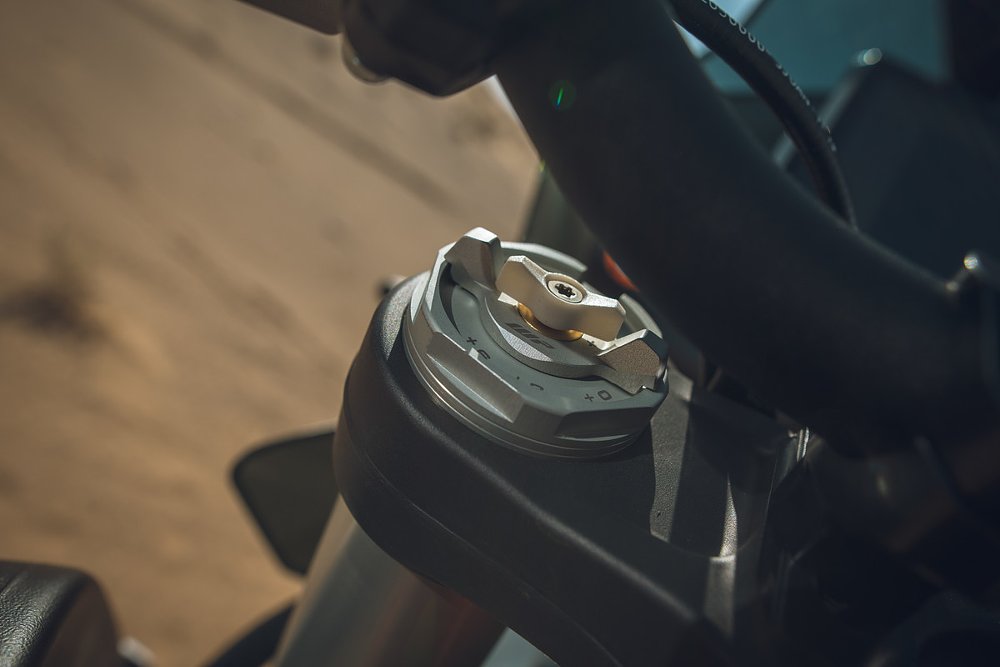
The 790 Adventure R’s suspension also utilizes a 48 mm fork with nearly identical adjustment availability, apart from its preload clickers, which feature three positions in a quick adjuster setup. Its rear PDS shock is identical in its adjustability. The main difference is the 790 features nearly 9.5 inches of travel.
During our limited time on the street, there wasn’t a noticeable difference between the two suspension setups. Off-road, that changed quickly.
The 790’s suspension outperformed the 1090’s suspension by a long shot. Keep in mind, it’s also got a lot less weight to deal with, but regardless, I could ride the 790 harder and faster off-road and the whole time it felt more balanced. As Brandon and I picked up the pace, the 790 handled roots, rocks, whoops, and G-outs in a much more confident and stable fashion than the 1090.
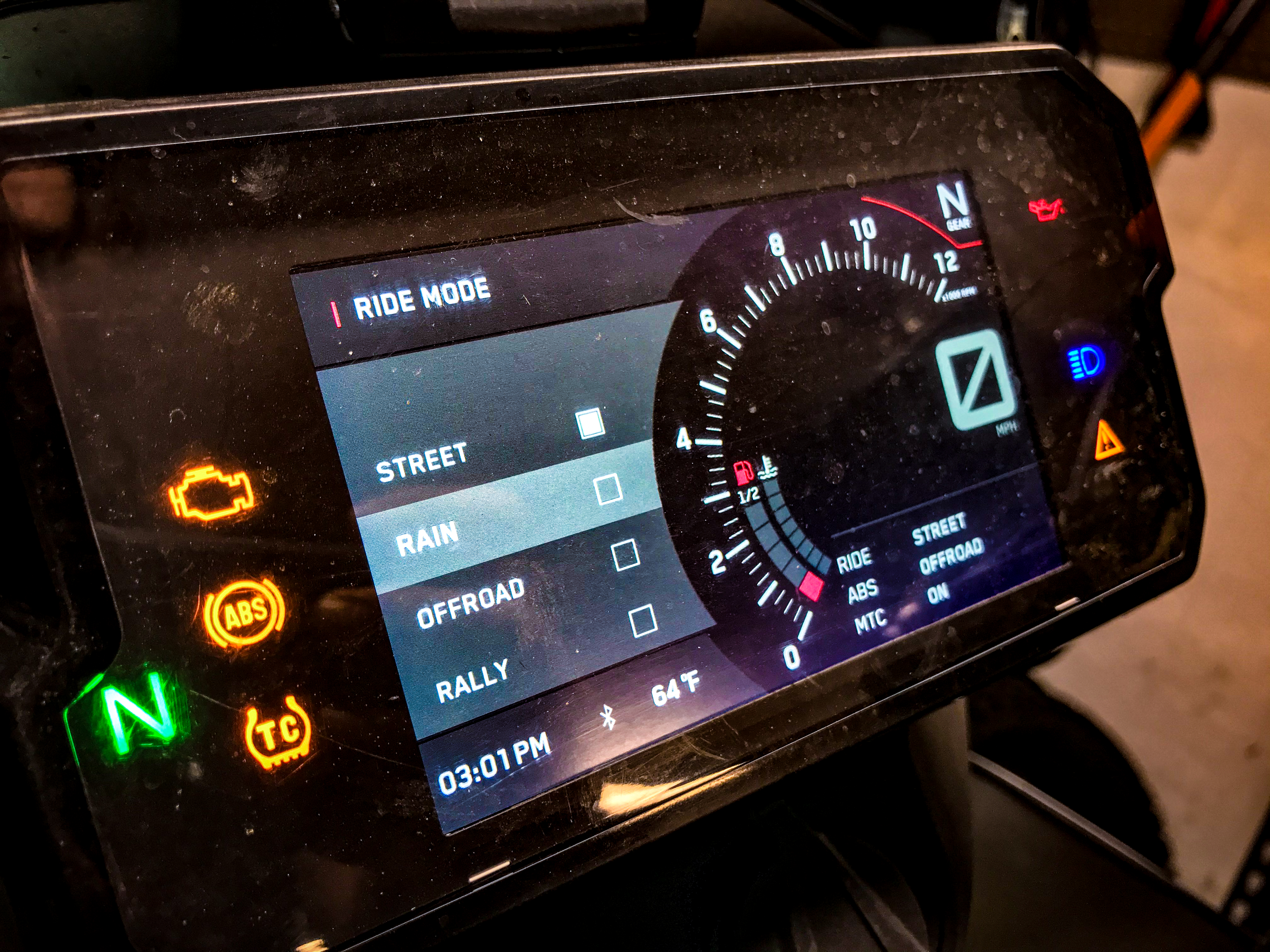
The electronics
The 790 Adventure R has a much more sophisticated suite of electronics than the 1090. It receives lean-angle-sensitive ABS and traction control along with anti-wheelie control. The 790’s TFT dash allows the rider to control all of these settings, including three rider modes: Street, Off-Road, and Rain.
Street mode features the most aggressive throttle map and reduced intrusion from the safety controls. Off-road mode allows for a reduced throttle response and the least amount of intrusion from the safety controls. Rain mode offers a neutered throttle response and maximum electronic intervention.
The 790 Adventure R also offers a “Rally” mode. Once in Rally, all electronic aids can be fine tuned. You can dial in nine different levels of traction control or turn it off completely. ABS can be put into off-road mode, which allows for minimal slip at the front wheel while allowing the rear to be completely locked, or you can disable it altogether. The anti-wheelie feature is completely disabled. Throttle options are between Street, Rally, and Off-road where Street still features the most aggressive throttle response but Rally response now sits between Street and Off-Road.
The biggest problem I encountered was the fact that if the bike stalls, or if you turn it off (key or kill switch) when riding with traction control disabled, it automatically reverts to the traction control being on. This was a huge pain in the butt compared to the 1090, which allows traction control to remain off as long as you didn’t kill the ignition via the key. This allowed the rider to just use the kill switch for quick stops without having to go through the song and dance of turning everything back off.
On my 1090, I went one step further and installed the “ABS dongle,” which allows all settings to remain in place or “sticky,” even with the key turned off. The only downside to this is that the dash (rudimentary in its design, compared to the TFT dash of the 790) flashes “illegal” at me when I fire the bike up. And I use the term “downside” loosely as I find it kinda cool.
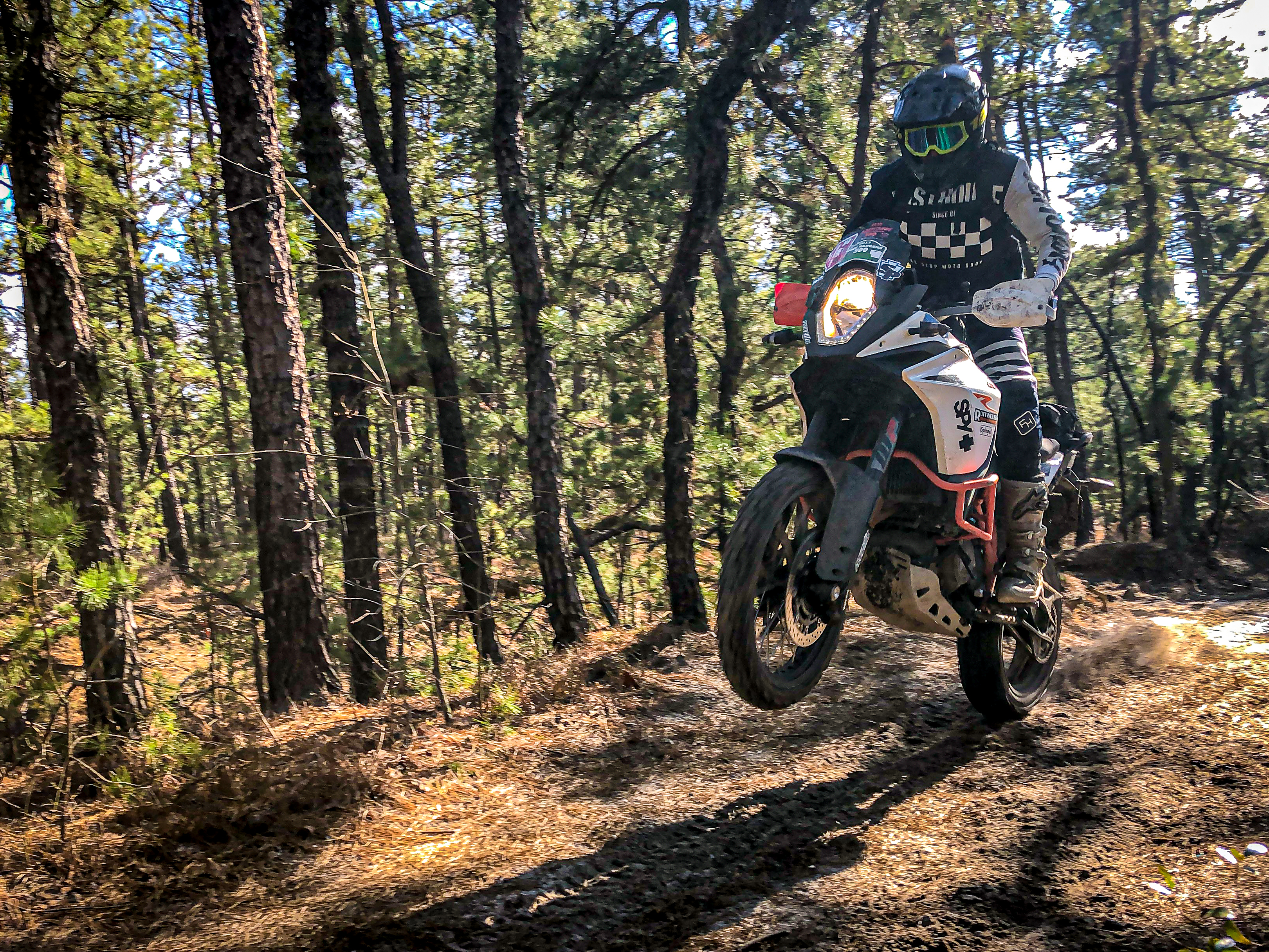
The 1090’s electronics are basic by comparison, which may be a positive if you aren’t interested in the latest and greatest. It has basic traction control and ABS along with a limited slip setting for off-road use. But those features are not lean-angle-sensitive and there is no anti-wheelie control. Wheelie away, Brandon.
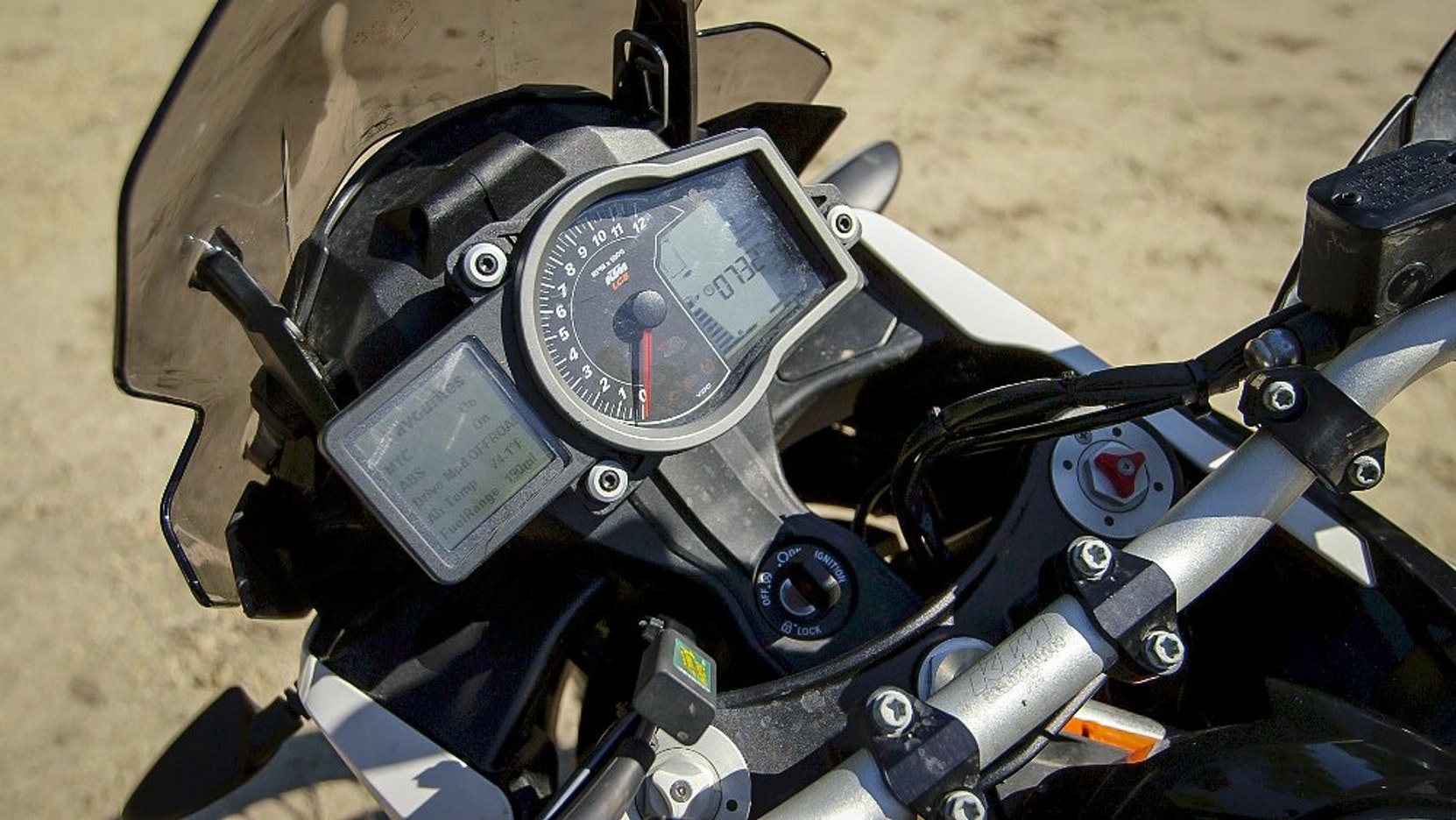
It has four throttle modes: Sport, Street, Off-road, and Rain. The main difference here is that the throttle modes have an effect on overall power output. Sport and Street offer full power and the most aggressive responses with varying levels of minimal traction control interference. Off-road and Rain retard the power by roughly 25 horsepower and limit throttle response. Off-road mode features the least amount of intrusion of all of the modes when it comes to ABS and traction control while Rain mode offers the most.
While we took some time to play around with the ride modes, in the end, Brandon and I both ended up riding with the traction control disabled and the ABS in off-road mode. Having to reset the 790 at every stop was really annoying.
The maintenance
Overall maintenance intervals between the two bikes remain nearly identical. Service intervals occur at 9,300 miles while the valve check isn’t needed until 18,600 miles. I’ve heard people who have never owned a KTM declare that they wouldn’t own one because they cost too much to maintain. Speaking anecdotally, my 1090 has been absolutely bulletproof aside from a fuel pump recall that happened early on and was completely covered by the warranty. The maintenance intervals are also some of the longest in class. That being said, the 790 does have an advantage in two main areas over the 1090.
For those of you out there who know the pain of having to remove your fuel tank to access your air filter, a real inconvenience for those of us riding off-road who need to check the filter more regularly, the 1090 is no exception. Checking and cleaning (or changing) the air filter on that bike is an ordeal. The 790’s air filter, however, is located under the seat and can be cleaned or changed in a matter of minutes.
The other thing to note is that when it does come time for a valve check, the 790’s parallel twin layout is easier to service. It’s only got one valve cover to remove, one valve cover gasket to replace, and half the cams to deal with.
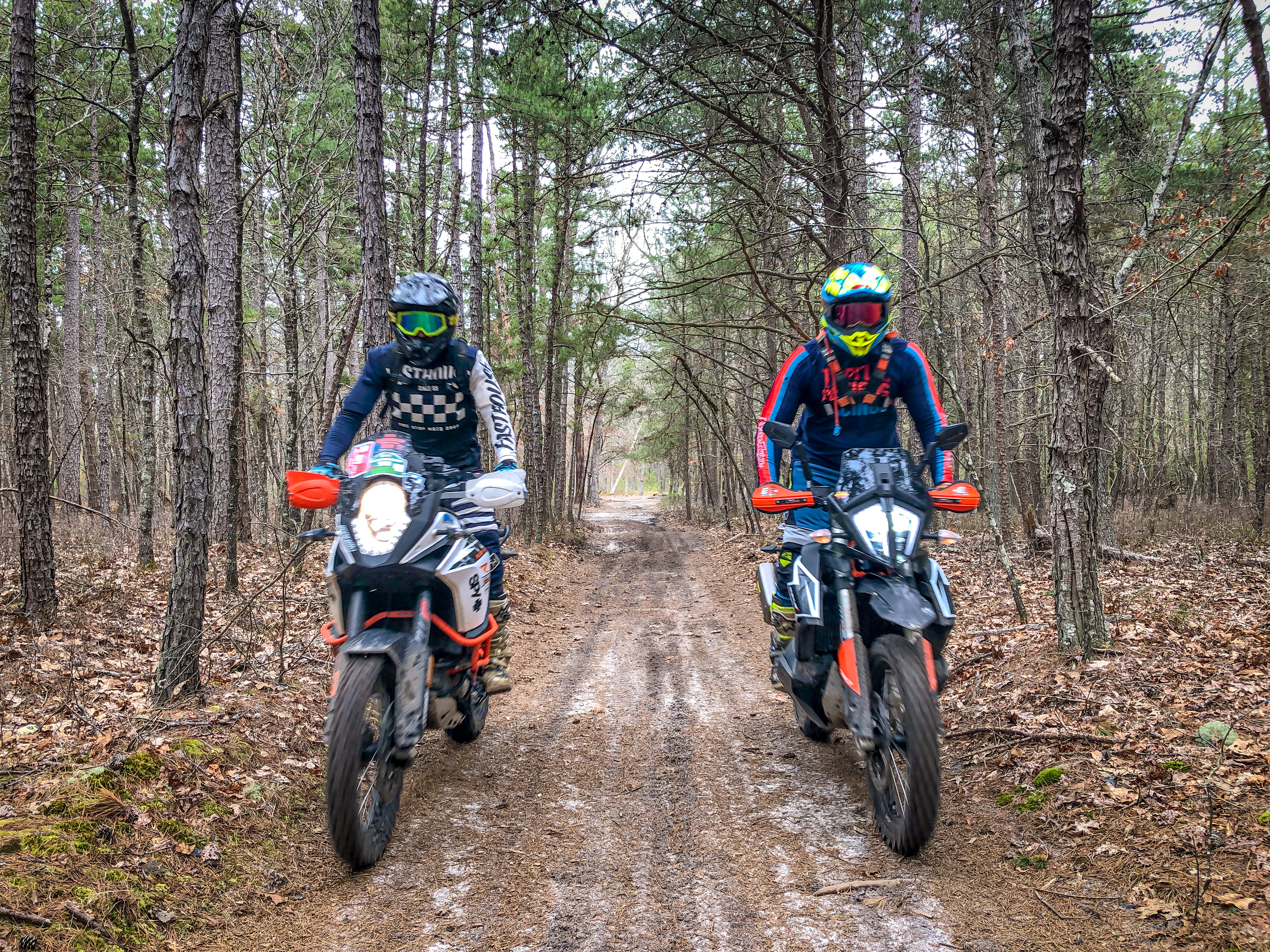
Riding the bikes
To test the bikes, Brandon and I spent the weekend riding in Wharton State Forest in New Jersey. This is an area of swampy Jeep trails that feature deep sand, mud bogs, water crossings, and uneven whoops that sometimes go on for miles. As it’s only about an hour outside of Philadelphia, it’s where I spend the majority of my time off-road and it’s also where I tested the 1090 Adventure R when it first was released.
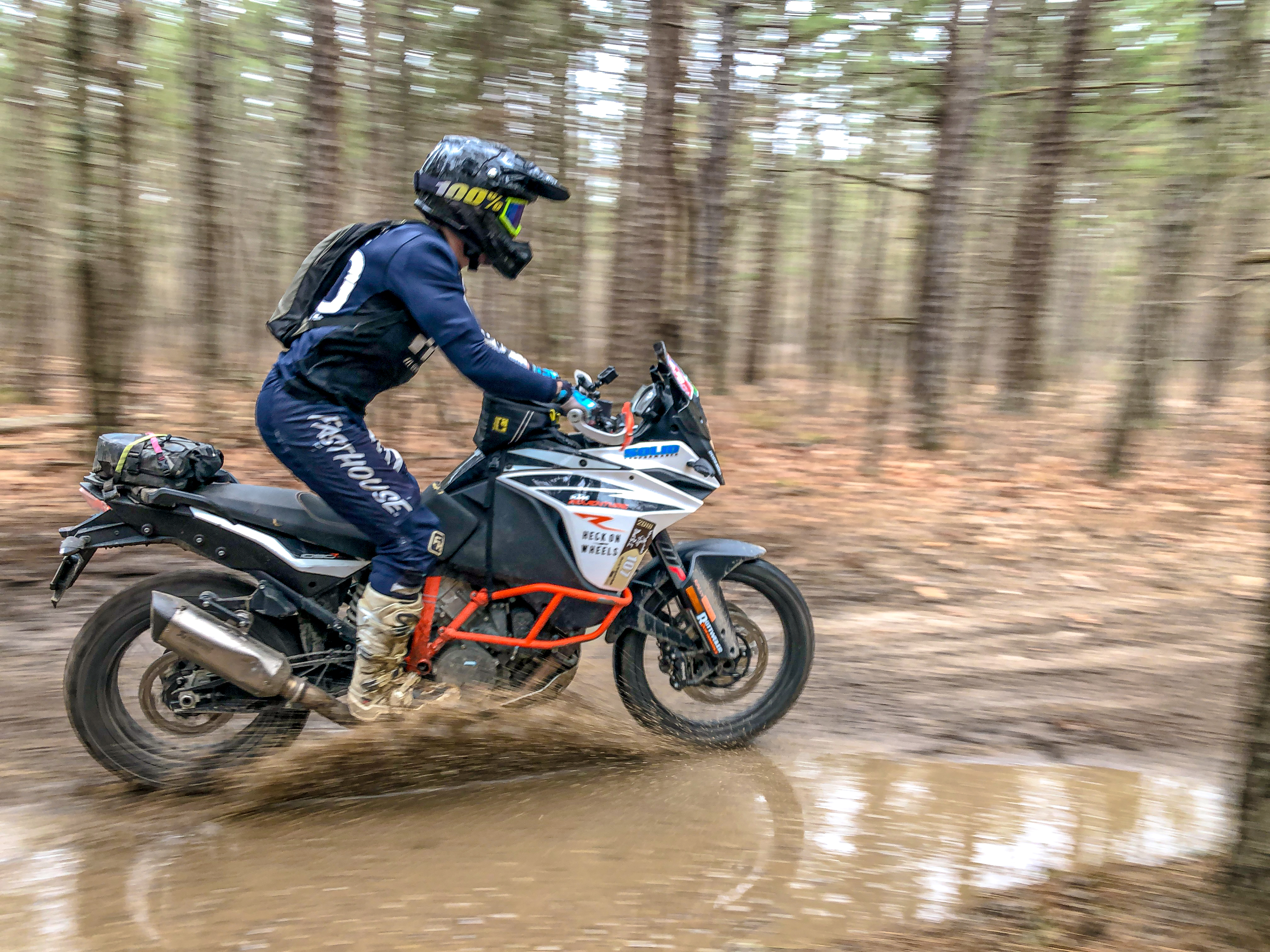
If I were a nice guy I would have let Brandon start on the 790 Adventure R, as he’d never ridden an adventure bike off-road before. However, I’d been waiting too long for this moment. Hence he started on the 1090 and I took the 790.
The road into the forest was a two-track Jeep trail with piles of loose sand everywhere. I was immediately blown away by how planted and nimble the 790 felt. I was immediately confident with it off-road in a way that I have never felt before. It usually takes me a little while to warm up to a new adventure bike as I figure out its balance points. Not so with the 790 Adventure R.
One key difference between the two bikes that deserves a note is the tire selection. On the 1090 I am currently testing a set of Bridgestone Battlax Adventurecross AX41 tires. On the 790 Adventure R, I’m testing a hybrid with an AX41 at the rear and a Pirelli Scorpion Rally tire up front. The latter combination aided in the 790 Adventure R’s performance off-road. In my opinion, the Pirelli is the best ADV-bike tire on the market for pure off-road use. My biggest gripe is they don’t offer a rear size in a 150/70-18, the size needed for both the 790 and the 1090. Pirelli, if you’re listening, please fix this.
Turning off the main road and onto a narrower section of whoops and ruts, I opened up the throttle and kicked the transmission up a gear. The suspension soaked up the abuse and kept the bike incredibly balanced. The 790 just felt like a big dirt bike, the key word being “big.” The bike still requires the rider to leverage one’s body position against the weight of the machine like any ADV bike out there, it’s just more controllable through the process.
Brandon’s initial impressions of the 1090 were more favorable than I was expecting from someone who was riding a 530-pound bike in sand for the first time.
“The engine is just incredible,” Brandon said with a laugh. “The problem is there is just so much power it wants to break loose all the time. But overall it’s much more balanced than I was expecting.”
Those views on balance went right out the window as we rode through an extended section of deep, pillowy sand. This is an area in the forest where riding instructors teach new ADV riders to get over their fear of sand, by throwing them in the deep end of the pool. It’s also the only time in my life where I felt I was faster than Brandon on a motorcycle, and it all had to do with the bikes we were on.
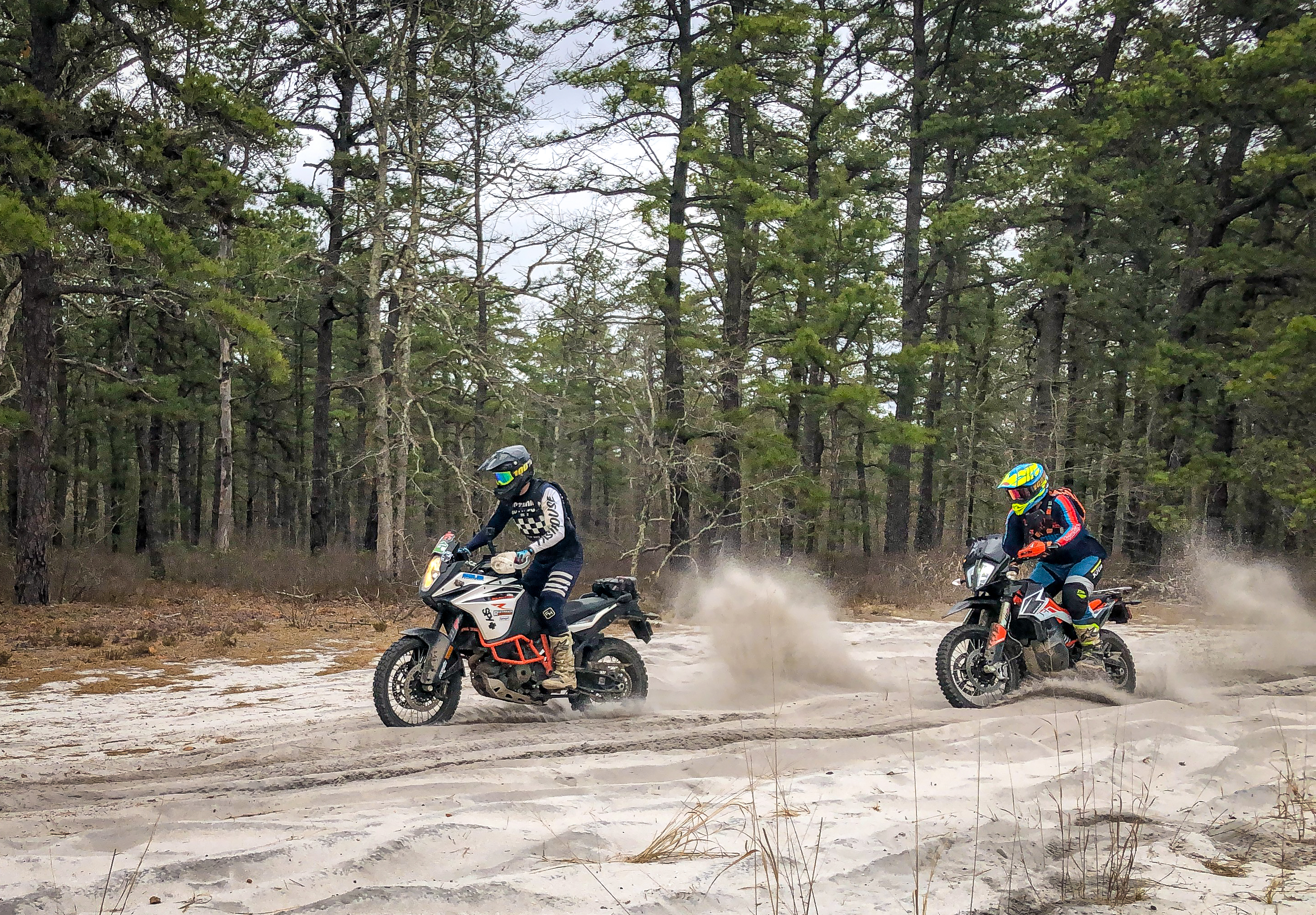
We used this section of the road to swap back and forth between the two bikes so we could both get a feel for how they performed in the deep stuff. While I’ve always commended the 1090 for being a balanced adventure bike in the sand, it doesn’t hold a candle to the 790 Adventure R.
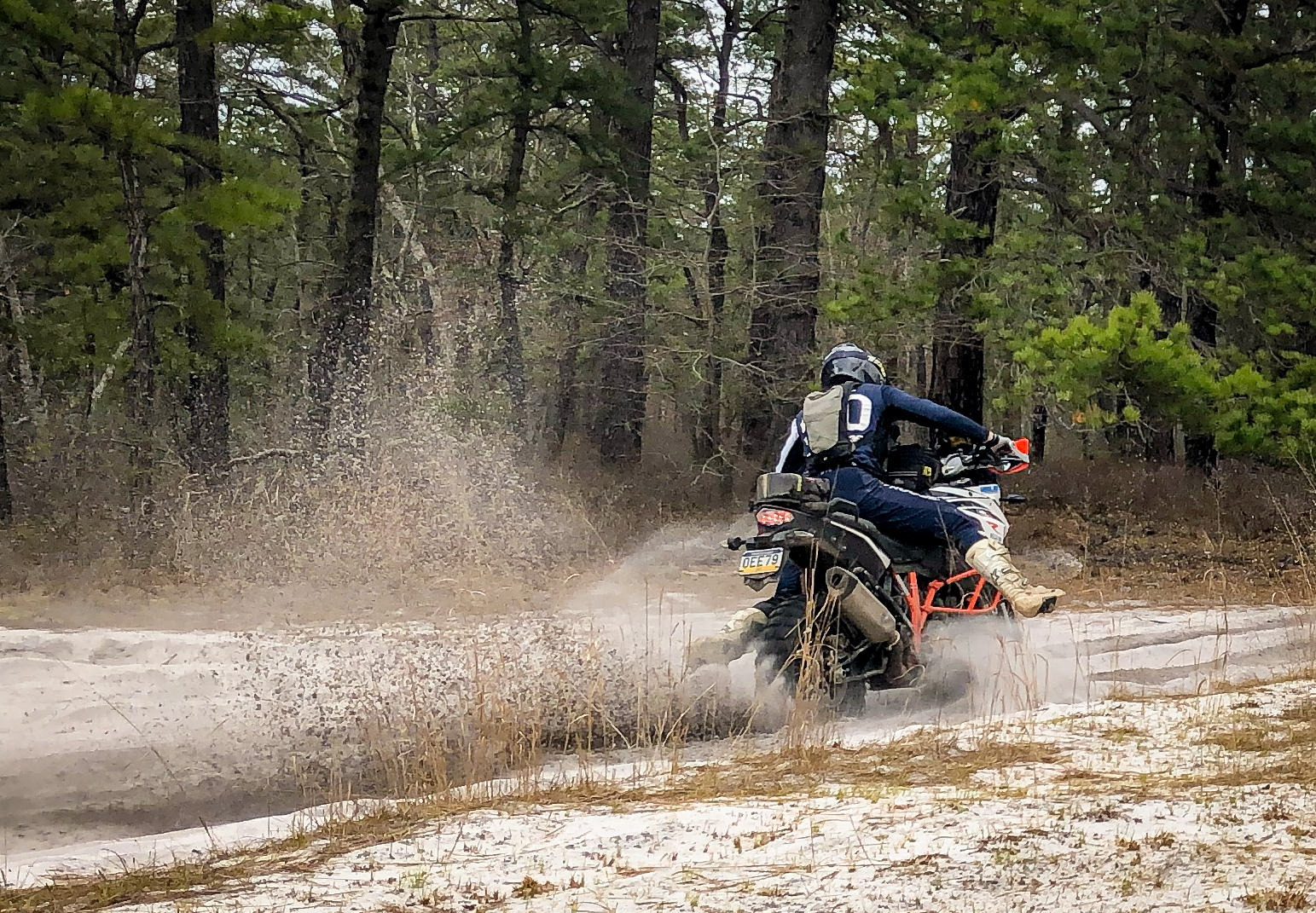
“The 790 just feels so incredibly light by comparison,” Brandon noted, as he picked up the 1090 from his only tumble of the day. “I’m sure some of it has to do with the different front tire, but it’s more about the bikes themselves.”
Brandon was right. While the AX41 doesn’t offer the same bite as the Scorpion in the sand, wanting instead to push the front end, it’s more than that. The weight difference became extremely noticeable in the loose terrain. The 790 was more balanced and manageable. It was easier to ride. Honestly? It’s the easiest ADV bike I have ever ridden in sand.
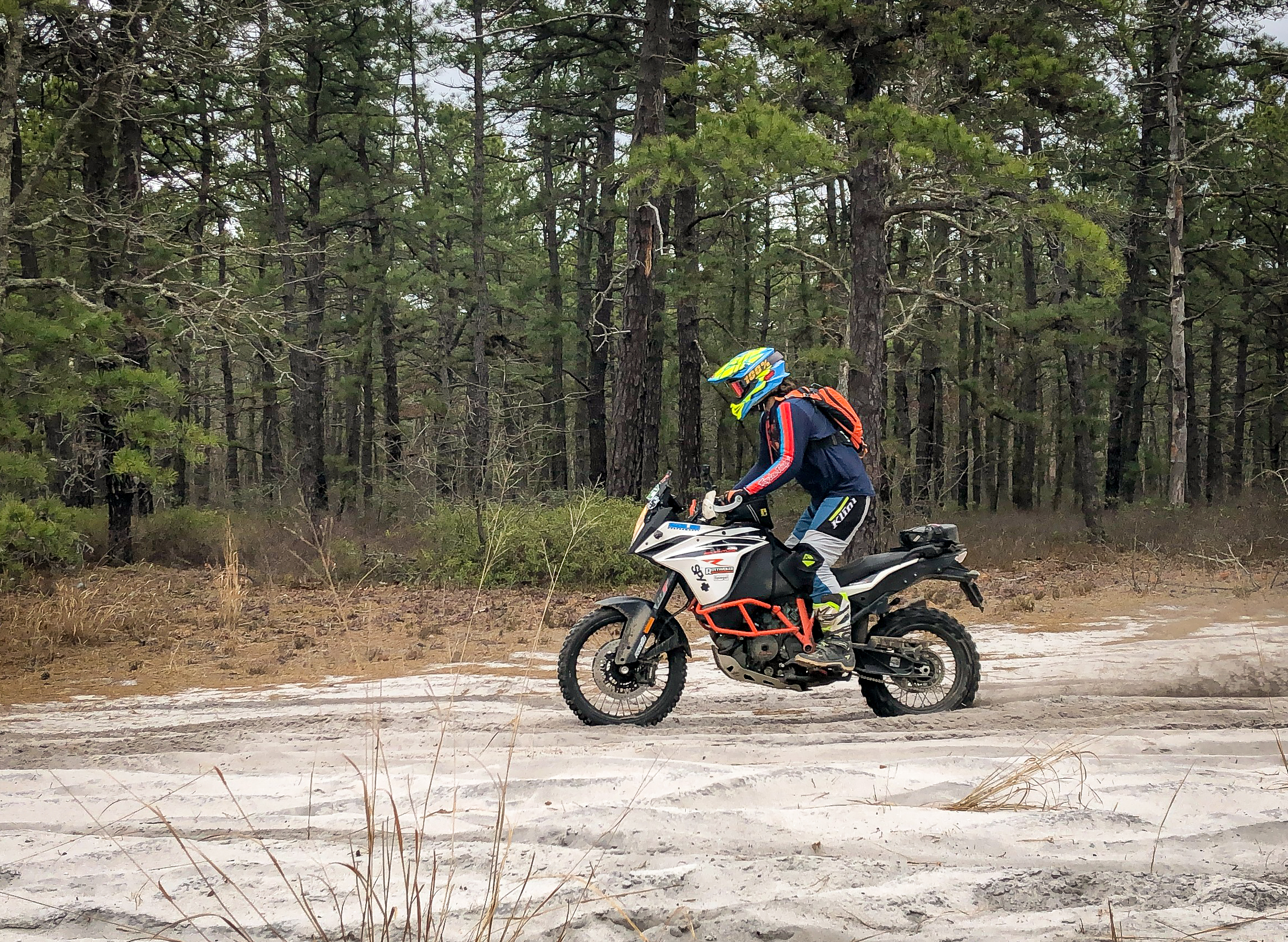
I handed over the reins of the 790 and jumped back onto my 1090 Adventure R. Maybe it was because I’ve owned this bike for years and have it set up for me, but it fit like an old glove. The throttle control felt more precise and the clutch feel was just perfect. The on/off nature of the 790’s clutch is exacerbated off-road where you’re using it constantly.
That being said, Brandon was gone and I couldn’t catch him. We were flying down another fast and narrow trail with only the occasional whoop. I was able to keep up with him for a minute, but at faster speeds the 1090’s chassis was no match for the 790 Adventure R. I came through a section of three sandy whoops at speed, and by the third I thought the rear wheel was going to smack me in the back of the head.
I decided to turn the volume down a notch and admit that the extra weight and lack of suspension travel was truly a limiting factor of the 1090 in fast off-road sections. That being said, the weight and power gave it a bit more stability and comfort at high speeds on the street.
All things considered, Brandon and I both ended the day sweaty and smiling.
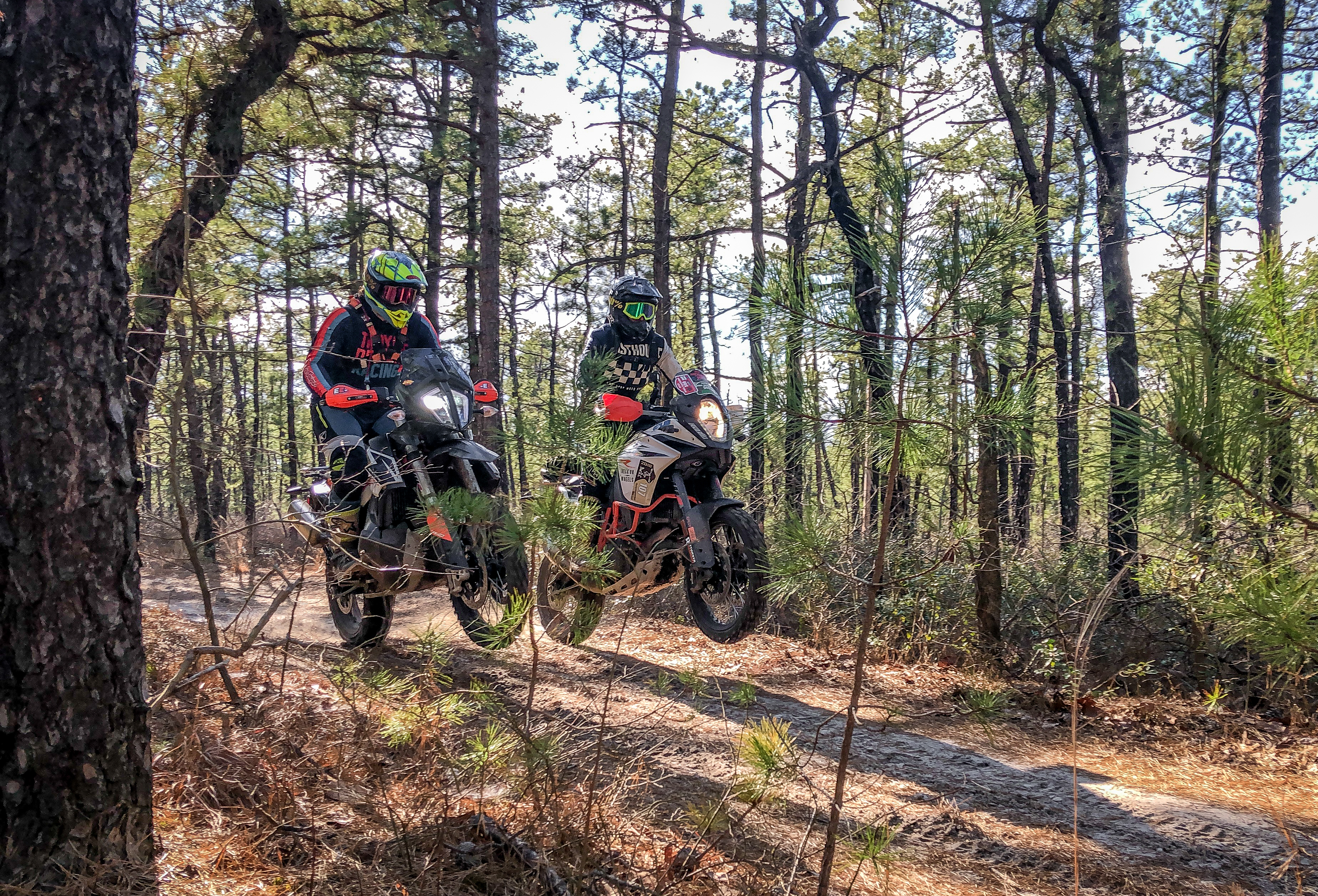
Price and competition
When I first wrote about the 1090 Adventure R back in 2017, the MSRP was $14,999. As of 2019, that had increased to $15,799. At the time of publication, it appears that the 1090 has been dropped from KTM’s 2020 catalog and there are new ones that can be found for around $13,000.
The 1090’s competition has changed, as well. The Triumph Tiger 800 XCx, BMW F 800 GS, and Honda Africa Twin 1000 are all gone. They’ve been replaced by the Tiger 900 Rally, F 850 GS, and Africa Twin 1100. MSRPs range from $15,000 to $16,700 for the Triumph, $15,595 to $16,920 for the BMW, and $14,399 to $17,999 for the Honda.
The 790 Adventure R is more affordable than all of them with an MSRP of $13,699. While its features and power are comparable to all of the 1090’s competition, it really positions itself in an entirely new category. It’s a lightweight adventure bike specifically aimed at folks who are looking for maximum off-road performance. With promises from Yamaha that the T7 will finally be available in America come May, it’ll be interesting to see how it stacks up to the 790 Adventure R.
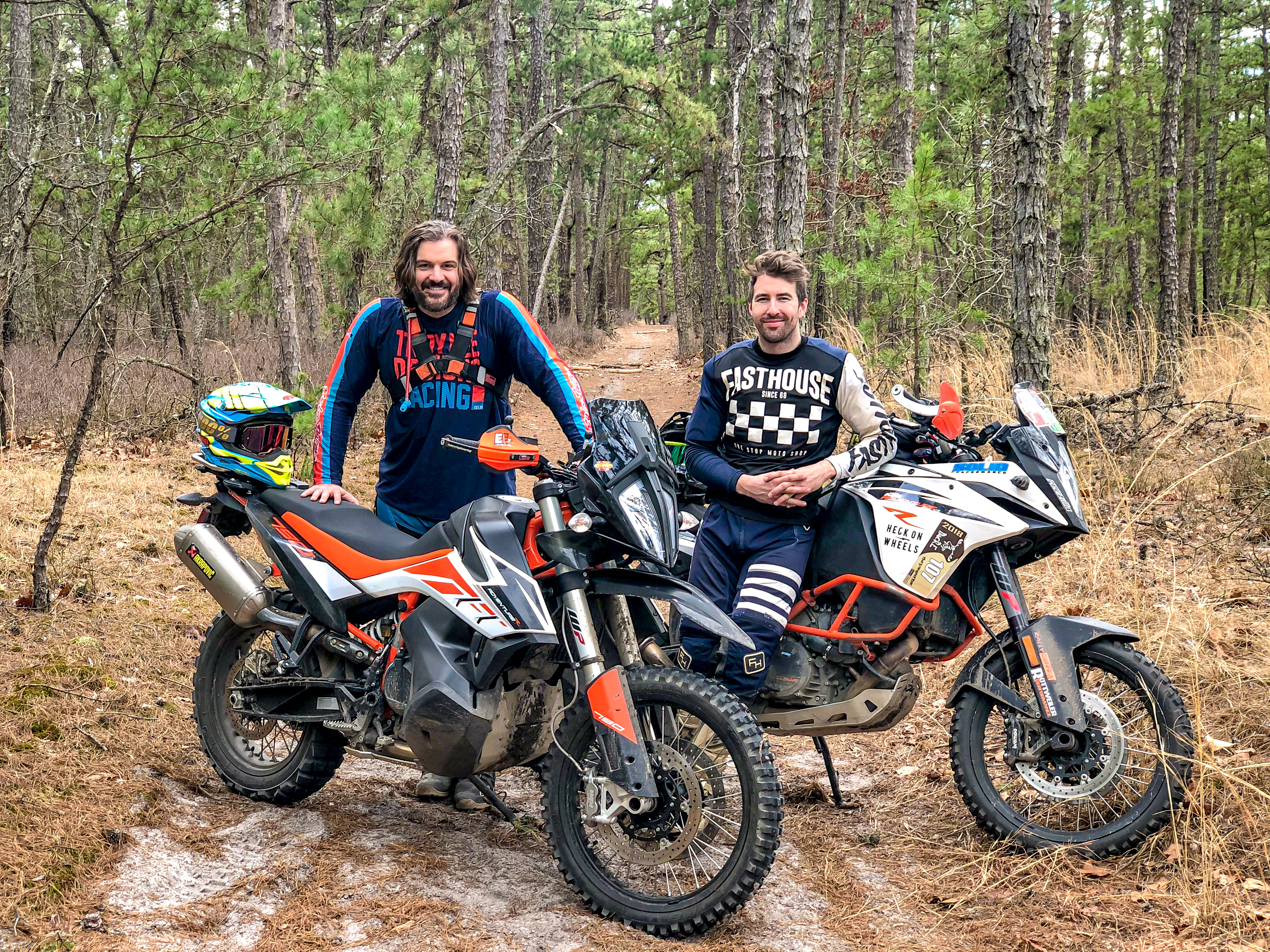
Conclusion
“These bikes are both so much fun,” Brandon said, removing his helmet. “The 790 is clearly easier to ride off-road, but the 1090 is fun in its own way. I wasn’t expecting to like this, man. I ride a 300 XC-W two-stroke that’s a pure off-road machine. I figured this was going to be boring but this is a completely different kind of challenge. The increase in size and power makes riding Jeep trails fun. Normally, I would hate the roads we did today because they would be boring on my dirt bike. But I had so much fun.”
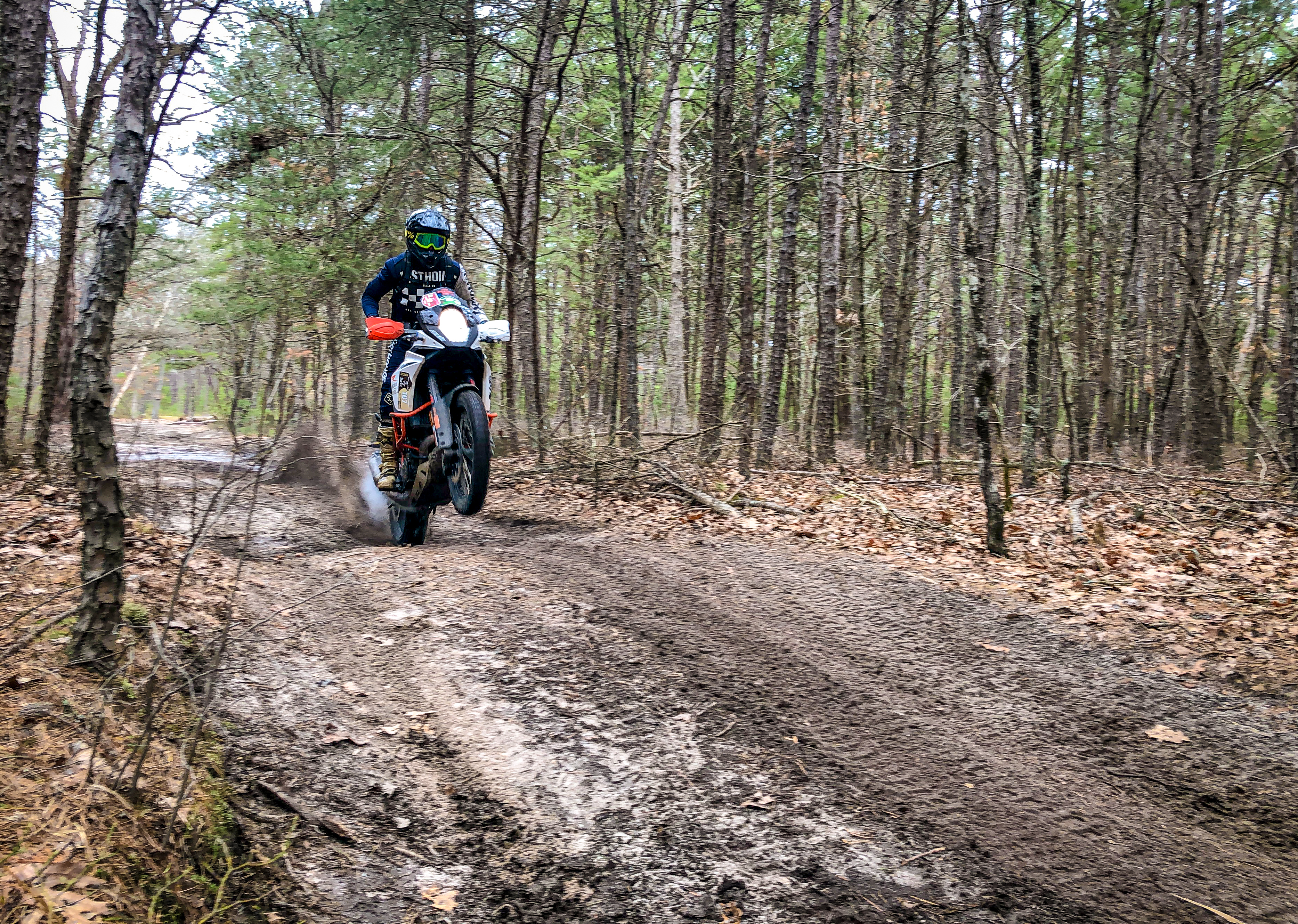
I think Brandon hit the nail on the head. I’ve heard countless riders say “Riding ADV bikes off-road is stupid, just buy a dirt bike.” But it’s a different kind of fun. You can enjoy Jeep roads and narrow stretches of fast trail in a way that isn’t enjoyable on a dirt bike. You can also tackle tight single-track, but with the understanding that you’re not going to go as fast as a dirt bike. You can also get out on the highway, load it down with luggage, and ride it like a big, naked, sport-touring bike.
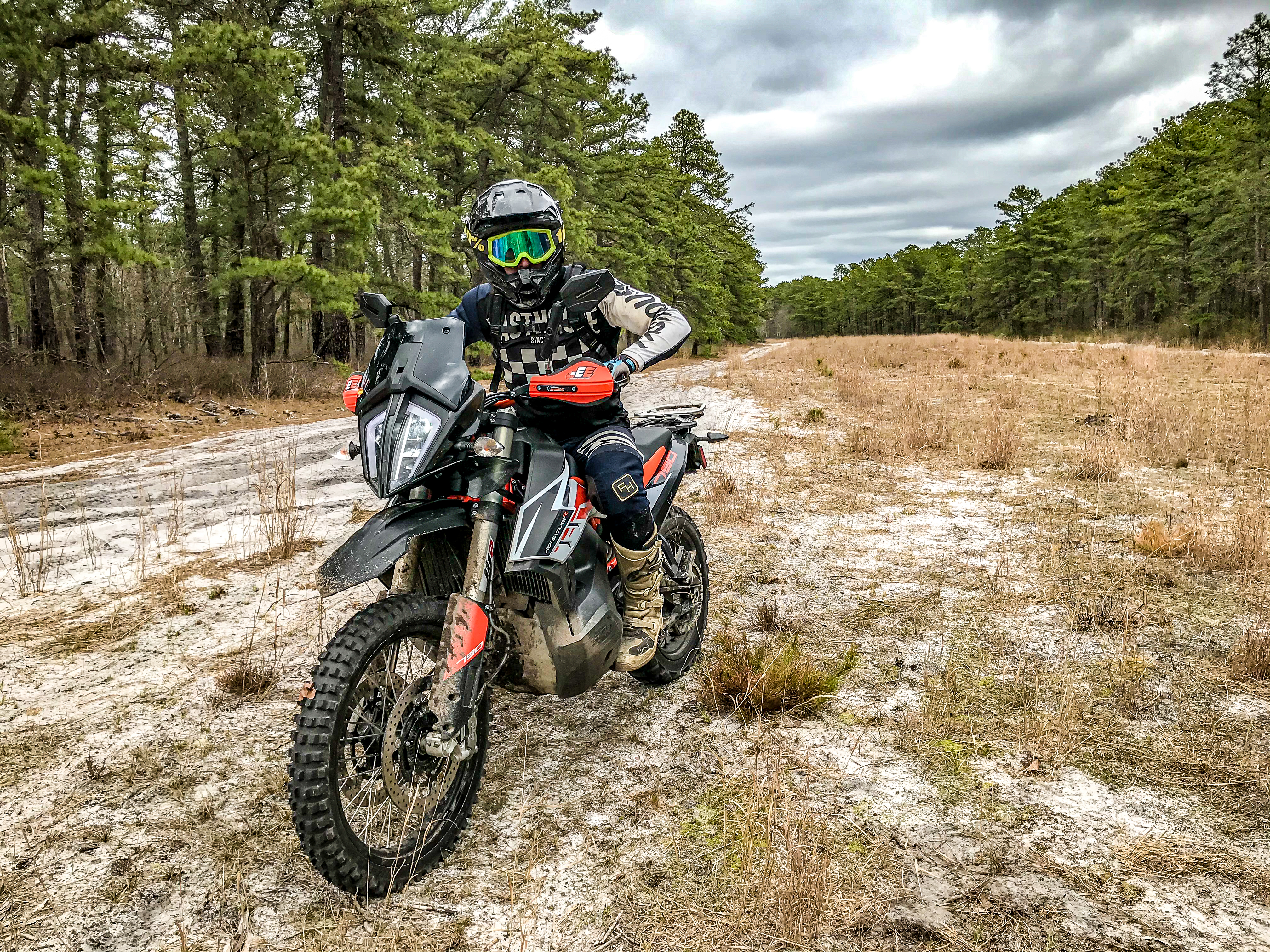
Between the two, the 790 Adventure R handles itself off-road in a way that I’ve never seen before with an adventure bike. In my opinion, it is literally the best ADV bike for folks who are looking to ride off-road. It’s balanced and nimble and easy to ride in dirt, sand, and mud. Aside from the seat height, which will be intimidating to some riders, it’s a very approachable machine. And it still has plenty of grunt and comfort to load it up and take off down the highway.
The 1090 Adventure R might be a little overweight, and it might not have the technological leg up on the 790, but it’s more refined in other areas. The brakes and clutch give the bike a higher end feel. It’s fast and smoother on the street with colorful engine characteristics that the 790 can’t match. It’s engine is still grin-inducing.
There is not a winner here, just different options. And in the world of motorcycling, more options are always welcome. Aside from the temptation they cause to those of us who promised ourselves we weren’t going to buy a new motorcycle this year.
| KTM 790 Adventure R | KTM 1090 Adventure R | |
|---|---|---|
| Price (MSRP) | $13,699 | $15,799 (2019 model) |
| Engine | 799 cc, liquid-cooled, eight-valve, parallel twin | 1050 cc, liquid-cooled, eight-valve, 75-degree V-Twin |
|
Transmission, final drive |
Six-speed, chain | Six-speed, chain |
| Claimed horsepower | 95 @ 8,000 rpm | 125 @ 8,500 rpm |
| Claimed torque | 66 foot-pounds @ 6,600 rpm | 80 foot-pounds @ 6,500 rpm |
| Frame | Trellis | Trellis |
| Front suspension | WP 48 mm fork, Quick adjust preload ring, compression and rebound damping; 9.5 inches of travel | WP 48 mm fork, adjustable for preload, compression and rebound damping; 8.6 inches of travel |
| Rear suspension | WP PDS shock, adjustable for preload, high- and low-speed compression damping, and rebound damping; 9.5 inches of travel | WP PDS shock, adjustable for preload, high- and low-speed compression damping, and rebound damping; 8.6 inches of travel |
| Front brake | Dual KTM four-piston calipers, 320 mm discs, lean angle sensitive, switchable ABS | Dual Brembo four-piston calipers, 320 mm discs, switchable ABS |
| Rear brake | Single KTM two-piston caliper, 260 mm disc, lean angle sensitive, switchable ABS | Single Brembo two-piston caliper, 267 mm disc, switchable ABS |
| Rake, trail | 26.3 degrees, 4.35 inches | 26 degrees, 4.8 inches |
| Wheelbase | 60.2 inches | 62.2 inches |
| Seat height | 35.5 inches (measured) | 35 inches (claimed) |
| Fuel capacity | 5.3 gallons | 6.1 gallons |
| Tires | 90/90-21 front, 150/70-18 rear | 90/90-21 front, 150/70-18 rear |
| Wet weight | 468 pounds | 531 pounds |
| Available | Now | Discontinued for 2020; leftover 2019 models available |
| Warranty | 12 months | 12 months |
| More info | https://www.ktm.com/in/travel/790-adventure-r | https://www.ktm.com/in/travel/1090-adventure-r |

 Membership
Membership




